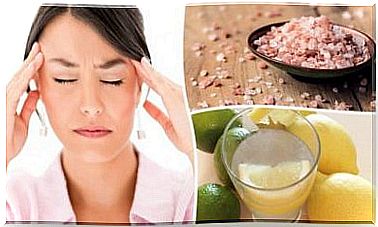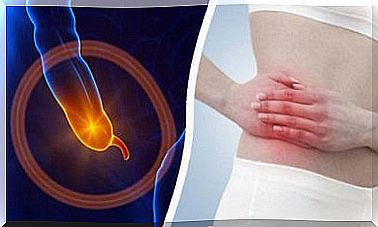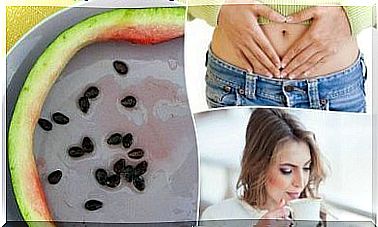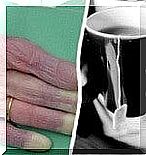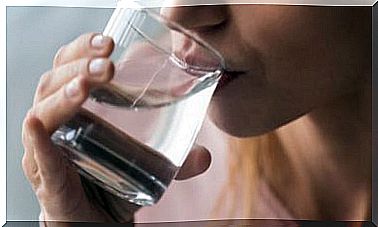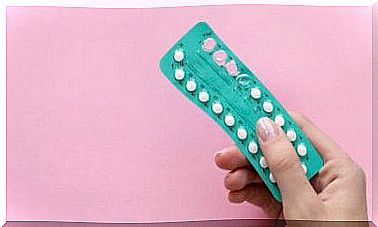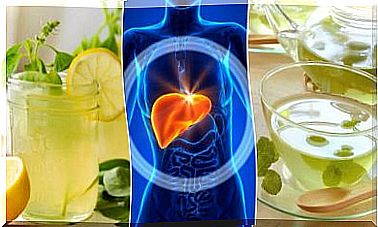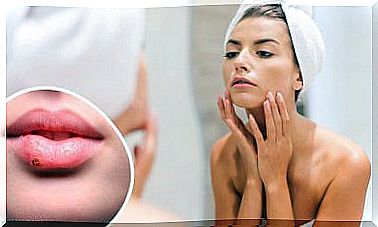How To Use Dandelion And All Its Benefits
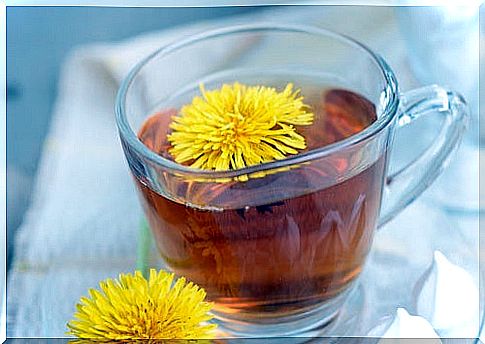
Its scientific name is Taraxacum officinale Weber. What a sophisticated name for a wild plant – for dandelion! It is primarily distributed throughout the northern hemisphere, particularly in Europe and America.
It has been grown for decades as a vegetable and eaten in salads. It is bitter in taste (even more so than arugula or Belgian endive).
Dandelion is known for its rugged, hard and rough leaves, but it is best known for its flower, which is yellow and round.
The flower consists of a flowering feather bush, which people often breathe on to wish for something. In nature, the wind is responsible for spreading the seeds. That is why they grow so often everywhere.

Dandelion contains the following nutrients:
- Carbohydrates
- Vitamin B
- Vitamin C
- Beta-carotene
- Potassium
- Flavonoids
- Oleic acid
- Linoleic acid
- Tannic acid
What parts of the dandelion can be ingested?
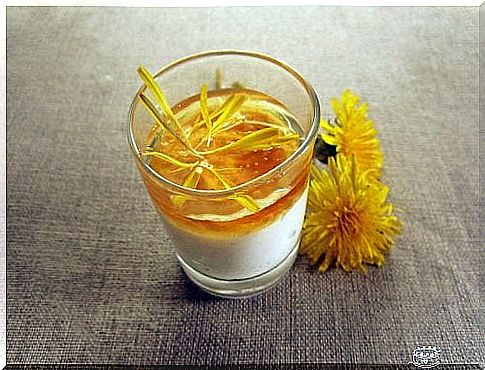
Spring is the best time to collect the sensitive shoots if you want to eat them fresh in a salad. You can also store them in a cloth bag to dry.
The roots are collected in late summer or winter. They are stored in glass containers with airtight closed lids.
How to use the different parts of the dandelion:
Leafy
They are like spinach and are eaten raw in salads or cooked as pie fillings for example. They taste rather bitter when they reach a certain age, which is why we recommend eating the soft or small sprouts.
Some people drink extract made from the dried leaves for medicinal reasons.
The flowers
Before opening, you can pickle them in salt and vinegar just like with capers. They can then be fried or used fresh for salads.
The roots
When the plant is two years or older (adult) you can start cutting parts of the root. You can then shake it and use it as a caffeine substitute.
What is dandelion good for? Medicinal content
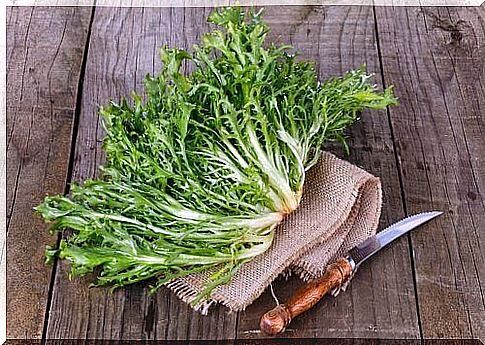
You already know which plant we are talking about, so now is the time to learn about the health benefits… and to start eating it!
Diabetes drug
In Europe, dandelion is often used by diabetics. The roots contain easily digestible sugar.
Treatment of kidney and urinary tract problems
In France, this plant is often called “pisslit” (which can be translated directly as “pee in bed”). This is because dandelion has been used for a long time to stimulate the kidneys.
It also helps to strengthen these organs to treat urinary tract infections and remove kidney stones. It is an excellent diuretic that does not cause potassium loss, as with most other diuretics.
Improves the digestive tract
It is a mild laxative and a bitter stimulant, which stimulates the appetite of patients in recovery after illness. It increases the production of bile and relieves constipation and gastric disorders.
Leads to a calm liver
Dandelion can be highly recommended to remove toxins that accumulate in the body. Therefore, it is associated with good health in the liver. This herb is used to treat hepatitis, jaundice and cancer or liver tumors.
It also has cleansing properties on the blood and prevents chemical or food poisoning. It also cleanses the blood of fats (cholesterol) and uric acid.
It is an invigorating beauty
This plant has been used for several years to treat pimples, eczema or psoriasis among other skin diseases.
An extract can be made from a handful of dandelion flowers in a cup of boiling water. Let it cool and it will be perfect for washing wounds (moisten a piece of cotton wool in it and rub it over the exposed area).
Treatment of anemia
Dandelion has a significant amount of iron in the leaves and can be used to prevent or reduce anemia. It also allows the body to recover from prolonged anemia.
It is great for pregnant women who generally develop anemia during pregnancy.
Helps with eye health
People who suffer from poor night vision or possibly suffer from some form of eye calcification may consume dandelion to add vitamin A, beta carotene, and helenin to their diets.
These 3 nutrients stimulate the eyes’ ability to capture light and they protect vision.
Treatment of varicose veins and hemorrhoids
This is due to the tannic acid in this plant. It provides relaxing and soothing properties to relieve external or peripheral circulatory problems, as well as varicose veins and hemorrhoids.
In these cases, it would be a good idea to take a seated bath with the liquid made from soaking a handful of dandelion leaves in water or wetting a piece of cotton wool in the tea and spreading it over the area.
Side effects and contraindications of dandelion

There are generally not many negative side effects from consuming this plant, besides skin allergies or eczema. If you eat a lot of dandelions, you may experience diarrhea, heartburn, or stomach discomfort.
Fresh stems can cause poisoning in children. It is not recommended to use dandelion tinctures during pregnancy or breastfeeding due to their high alcohol content. In this case, it is best to consume a small portion of the plant, either fresh or dried.
